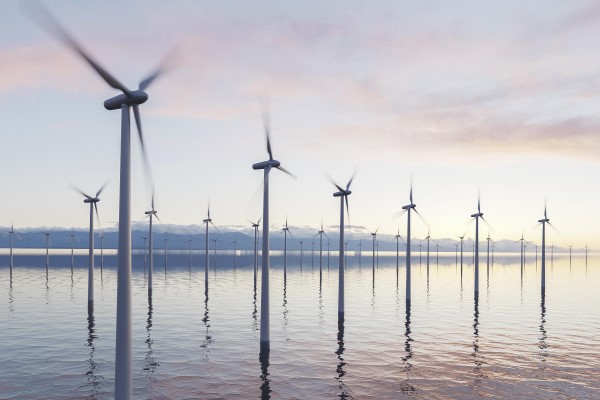Offshore wind power– A solution for energy transition in Vietnam
Recently NIRAS has been awarded a multimillion USD contract to conduct an international standard Environmental and Social Impact Assessment (ESIA) for the 3.5GW La Gan offshore wind farm in the Binh Thuan province of Vietnam. The role of NIRAS is to ensure this offshore wind farm project is developed in the right place, environmental and community impact is minimised, and ultimately that clean, renewable and reliable electricity is delivered to the national grid.
The draft National Power Development Plan for the period
2021-2030, with a vision to 2045 (PDP8) submitted to the Government by the
Ministry of Industry and Trade for approval, sets the target to reach about 7GW
of offshore wind power by 2030. For a country with great potential for offshore
wind power development like Vietnam, this target is not too difficult. Along
with the objective of ensuring energy security and sustainable development,
offshore wind power also contributes to creating thousands of jobs and
gradually forms supporting industries to support wind power development. in
Viet Nam.
Offshore wind power development will contribute greatly to Vietnam's energy transition towards the net zero emissions target. The main challenge is the lack of breakthrough solutions. Therefore, it is necessary to study and pilot some offshore wind power projects before developing and scaling up. The development of offshore wind power must be associated with the national marine spatial planning, in order to identify potential areas for wind power. develop wind power, ensure the utilization of good energy sources, avoid conflicts of interest with other economic sectors such as marine transportation, mining, oil and gas exploration, fishing, aquaculture, national security… and reduce impacts on marine ecosystems.
Vietnam still does not have regulations on dossiers, documents, order, procedures, and time for approval of measurement, observation, investigation, survey and assessment of marine resources; There is also no regulation on the area of the ocean eligible for wind measurement, geological and topographic survey, and environmental impact assessment.
Technically, offshore wind power as a new type of renewable power, complex in technology and construction very dependent on weather conditions. The offshore wind power industry has been successfully deployed in a number of countries such as: China, Denmark, Germany, Netherlands, United Kingdom. By 2022, the world has 57.6 GW of offshore wind power installed, of which China (25.6 GW) accounts for 44%, Denmark (6.1GW), UK (13.6 GW). , Germany (8 GW), Netherlands (3 GW). The number of offshore wind power projects grows rapidly in 2021, 2022 and the coming years. Therefore, Vietnam needs to cooperate with other countries in the world to catch up and catch up.
The total investment for a project with a capacity of 1,000MW of offshore wind power in Vietnam is estimated at $3.15 billion and is forecast to decrease to $2.15 billion by 2030.
Recently NIRAS has been awarded a multimillion USD contract to conduct an international standard Environmental and Social Impact Assessment (ESIA) for the 3.5GW La Gan offshore wind farm in the Binh Thuan province of Vietnam. The role of NIRAS is to ensure this offshore wind farm project is developed in the right place, environmental and community impact is minimised, and ultimately that clean, renewable and reliable electricity is delivered to the national grid.

 English
English  Tiếng Việt
Tiếng Việt 